How to Overcome Workplace Anxiety | Tips for Mental Wellness at Work
Practical Strategies to Manage Anxiety and Thrive at Work

Anxiety is a common challenge in the workplace, affecting productivity, confidence, and overall well-being. According to the Centre for Addiction and Mental Health (CAMH), 1 in 5 Canadians experience a mental health issue each year, with anxiety disorders being one of the most prevalent. Whether it's tight deadlines, high expectations, or workplace conflicts, anxiety can make it difficult to focus and perform at your best. Understanding how to manage and overcome anxiety at work is essential for both personal and professional growth.
How Anxiety Affects Work Performance
Anxiety can manifest in various ways, including:
- Difficulty Concentrating: Racing thoughts and excessive worry can make it hard to focus on tasks.
- Procrastination: Fear of failure or making mistakes may lead to avoidance behaviors.
- Physical Symptoms: Increased heart rate, headaches, or fatigue can result from chronic stress.
- Imposter Syndrome: Persistent self-doubt can make you feel undeserving of success.
A report from the Mental Health Commission of Canada found that 30% of disability claims in Canada are related to mental health conditions, including anxiety, highlighting its impact on workplace performance.
Strategies to Overcome Workplace Anxiety
- Identify Triggers
Recognize specific situations that cause anxiety, such as meetings, deadlines, or social interactions. Keeping a journal can help identify patterns.
- Practice Mindfulness and Stress Management
Studies show that mindfulness and meditation can reduce workplace stress by up to 30%. Try deep breathing exercises, meditation, or short mindfulness breaks throughout the day.
- Prioritize Tasks and Set Realistic Goals
Breaking large projects into smaller, manageable tasks can reduce overwhelm and increase productivity. The Eisenhower Matrix is a great tool for prioritizing tasks effectively.
- Establish Healthy Work-Life Boundaries
65% of Canadian workers report feeling burnt out. Set clear limits on work hours, take breaks, and engage in activities that promote relaxation, such as exercise or hobbies.
- Seek Support
Talking to a trusted colleague, mentor, or mental health professional can provide perspective and solutions. Many organizations offer Employee Assistance Programs (EAPs) that provide confidential counseling services.
- Adopt a Growth Mindset
View challenges as opportunities to learn and improve rather than obstacles to success. Research from Stanford University suggests that people with a growth mindset are more resilient to workplace stress.
- Leverage Workplace Resources
Many employers offer mental health days, flexible work arrangements, and wellness programs—take advantage of these if available.
Creating a Workplace That Supports Mental Health
Employers play a crucial role in fostering a supportive work environment. Companies can help by:
- Encouraging open discussions about mental health.
- Offering flexible work arrangements.
- Providing mental health resources and training.
Workplace anxiety is a real and valid challenge, but it doesn’t have to hold you back. By implementing effective strategies and seeking support, you can navigate anxiety and thrive in your professional life.
Looking for more tips on workplace wellness? Stay connected for expert insights and career advice!










